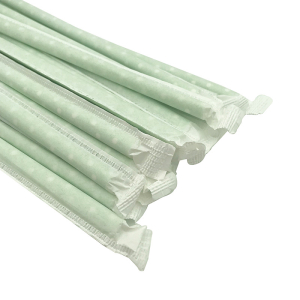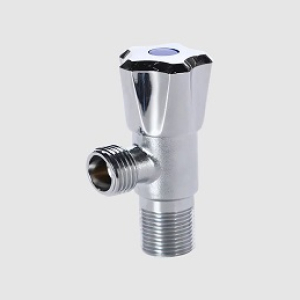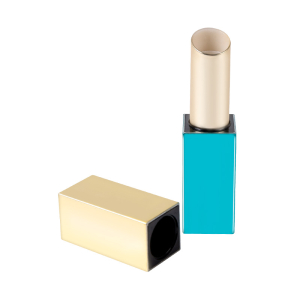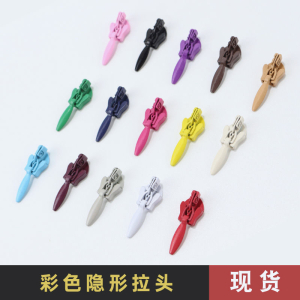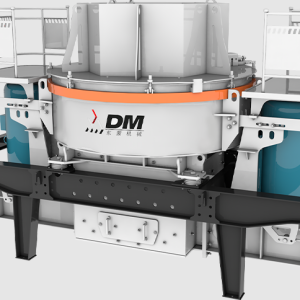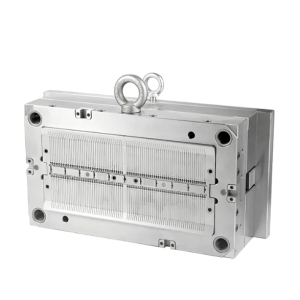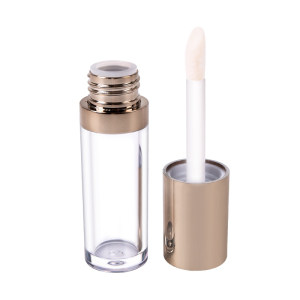Many people have questions about PCR tubes, EP tubes, and eight-connected tubes. How should they be distinguished? What is the difference between the three? Today we will introduce the characteristics of these three.
PCR tubes are commonly used consumables in biological experiments, and their main function is to provide containers for a polymerase chain reaction. A common PCR tube consists of a tube body and a cover body, the tube body, and the cover body are connected together, and the cover body has a hollow cylindrical protrusion.
EP tube: also called plastic centrifuge tube, so the centrifuge tube is generally called EP tube.
PCR tube: a plastic centrifuge tube used for PCR experiments, the general capacity is 0.2mL, and there are also 0.5mL. Here we need to pay more attention to the difference between the PCR tube and the micro-centrifuge tube because the capacity of many micro-centrifuge tubes is similar to that of PCR tubes. The difference is that the wall of the microcentrifuge tube is generally thicker in order to ensure the requirements of centrifugation, while the wall of the PCR tube is thinner in order to ensure the speed and uniformity of heat transfer. Therefore, in practical applications, we do not recommend mixing the two. , because thinner PCR tubes may burst due to the inability to withstand greater centrifugal force, and similarly, thicker microcentrifuge tubes affect PCR performance due to slow and uneven heat transfer.
8-connected tubes: The earliest plastic centrifuge tubes were single, and the workload was heavy during batch testing, which was inconvenient to operate, so 8-connected tubes were invented, and now there are 12-connected tubes.
Flat cover and convex cover: The earliest PCR instruments did not have a hot cover. During the PCR process, the liquid at the bottom of the tube evaporated to the top. If it is a flat cover, it is not easy to agglutinate, so it is designed as a convex cover (that is, a round top), which is convenient for evaporation. The liquid coagulates and flows down. The current PCR instrument is basically a hot-lid type. The temperature of the top of the PCR cover is high, and the temperature of the bottom is low. The liquid at the bottom is not easy to evaporate to the top, so the flat-lid type is mostly used at present.
I hope this content is helpful to you. For more information, please continue to pay attention to the China laboratory consumables wholesaler!

